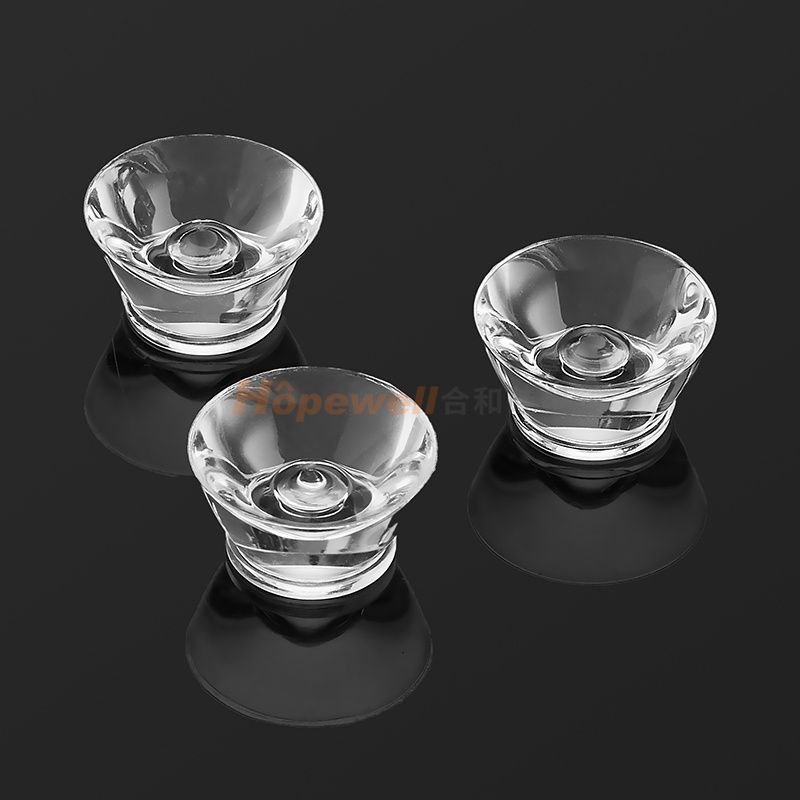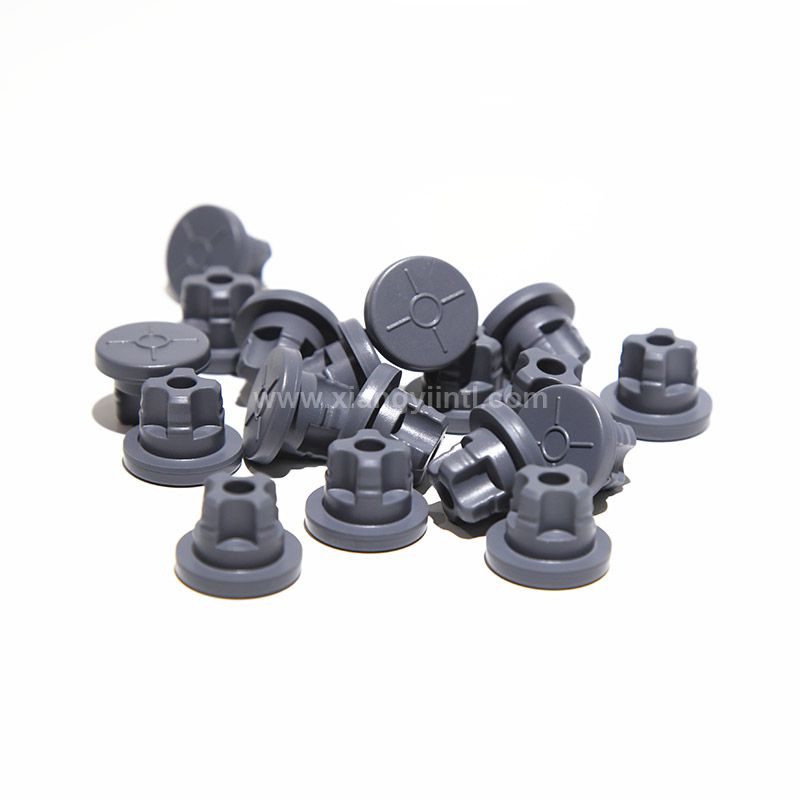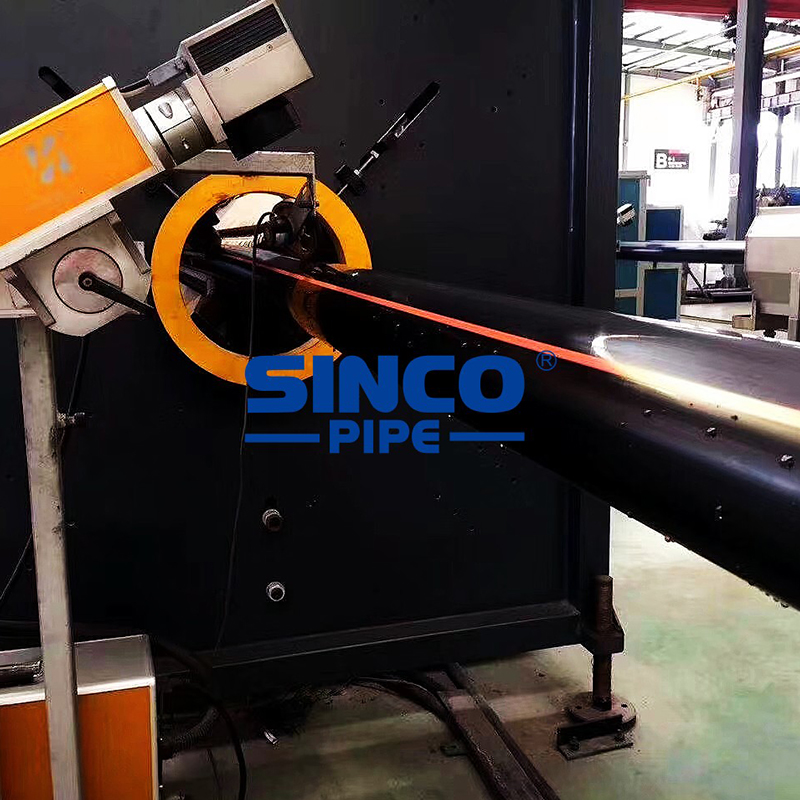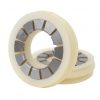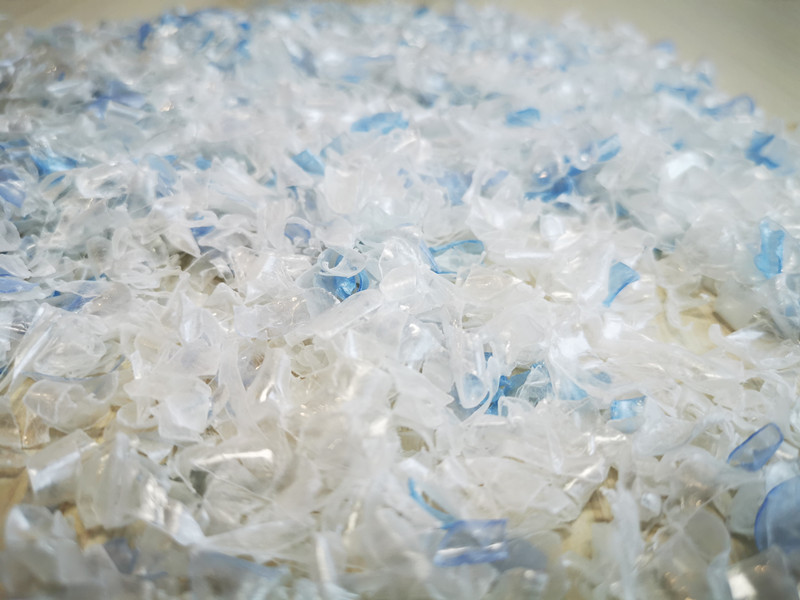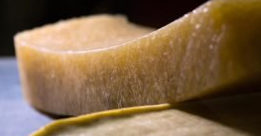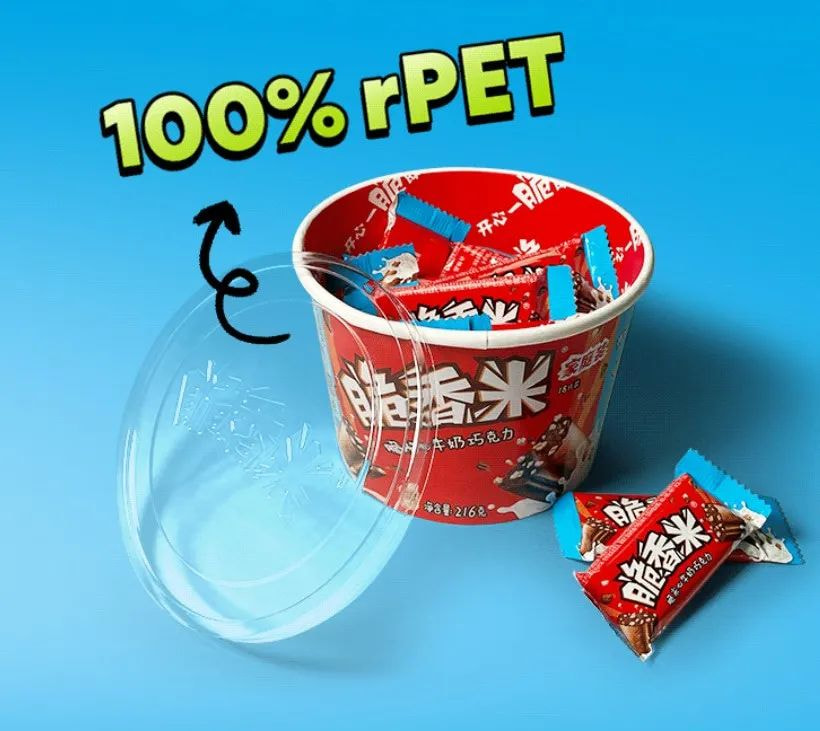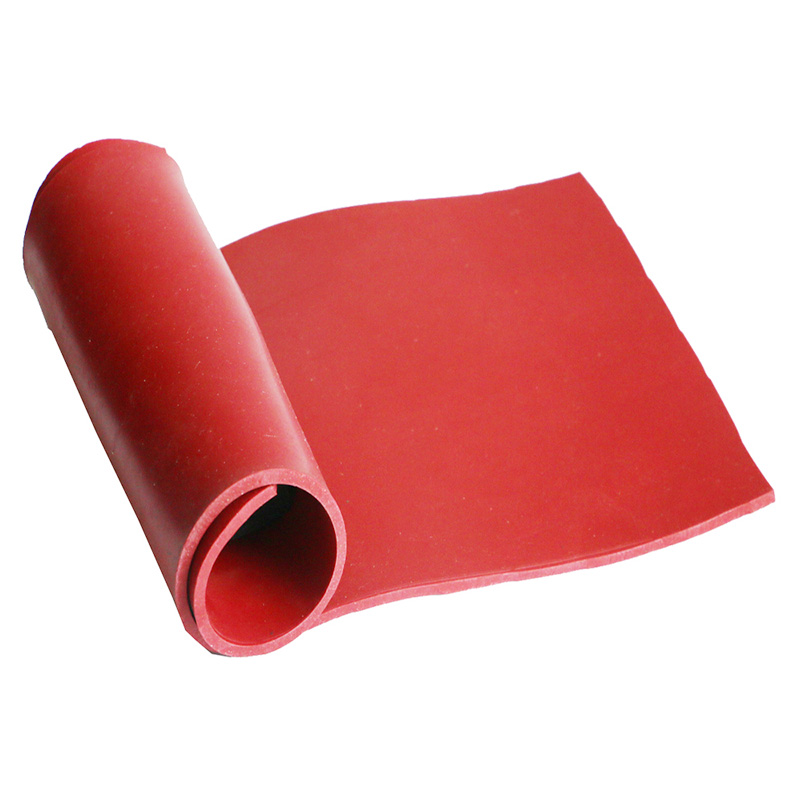How does HDPE pipe effectively blend with other materials?
In the utility industry, the joining of high-density polyethylene (HDPE) pipe is an important part of installation and maintenance. Although HDPE glues have become fairly common, there are several other ways to weld HDPE pipe sections to other materials and to each other. Let's take a look at the various fusion methods and their comparative advantages.
various fusion technologies
For many years, the standard method of fusing HDPE pipe has been welding. There are two ways to do this: butt welding and electrofusion.
Butt welding is the most common method. This is a heat fusion process in which the ends of two pipe or fitting assemblies are heated simultaneously until each contacting surface reaches a molten state. They are then brought together under controlled pressure so that the two melted ends meet, cool and form a permanent joint. The resulting joint has exceptional load carrying capacity and performs extremely well under pressure.
Electrofusion is used when butt welding is not possible, especially when valves, fittings and elbows must be installed. Use a prefabricated fitting that contains an electrically heated coil that melts the plastic of the two parts being joined so that they fuse together.
Further reading:The Efficiency and Environmental Benefits of Plastic Crusher Machines
Polypropylene Sheet: A Versatile and Sustainable Solution for Diverse Applications
PP Tarpaulin: The Versatile and Reliable Protective Covering
Benefits of using PE surface protection film
Advantages of Polyurethane Dewatering Screen Panels
What industries utilize custom seal and rubber products?
UHMWPE Sheet: The Ultimate Solution for High-Performance Applications
Mechanical assembly is also a common method, involving no welding at all, but relying on the principle of compression to join different components together. It is most commonly used where fusion is not feasible, such as when HDPE pipe is to be joined to fittings made of different materials. Mechanical fittings include stiffeners placed inside the pipe for stability. They also include gaskets, which are compressed to create a seal that holds the ends of the pipe or fitting together.
High Density Polyethylene Glue
While these methods are very effective, there is an easier way to create a strong, long-lasting bond between HDPE pipe and fittings of other materials. Various types of HDPE glues are now commonly used for the installation of HDPE pipes. While some are skeptical that glue can form the kind of bond underground pipes need to operate under pressure, high-quality HDPE glues have been shown to be just as effective as welding and mechanical assembly, and they are quicker and easier to apply.
PE Fusion is a high strength modified acrylic adhesive designed for the coupling and splicing of HDPE pipe to standard PVC joints as well as other non-standard materials such as aluminum, steel and fiberglass. It bonds securely to all surfaces and is ideal for splicing underground utilities, creating a watertight bond and allowing flexibility in the selection and installation of conduit. It is more cost-effective than mechanical couplings and also lasts longer. The acrylic formulation of PE Fusion has proven to be far superior to other formulations - primarily epoxies that require mechanical bonding and are susceptible to impact stress.
Further reading:Different Styles and Designs of Euro Head Caps
How Do I Choose The Proper Plastic Materials?
Choosing the Right Drainage Pipe: Factors to Consider
What is dredge pipe used for?
How can I ensure the recycled PET flakes I purchase meet industry standards and regulations?
Extruded PTFE Tubing: The Ultimate Guide for High-Performance Applications
Maintaining Clean and Hygienic Environments with Disposable PE Shoe Covers
- Previous: How to Cut Rubber
- Next: None



